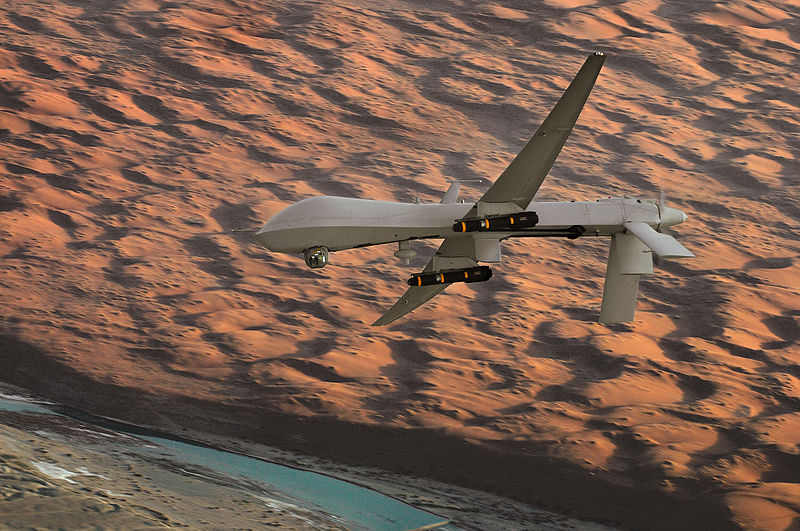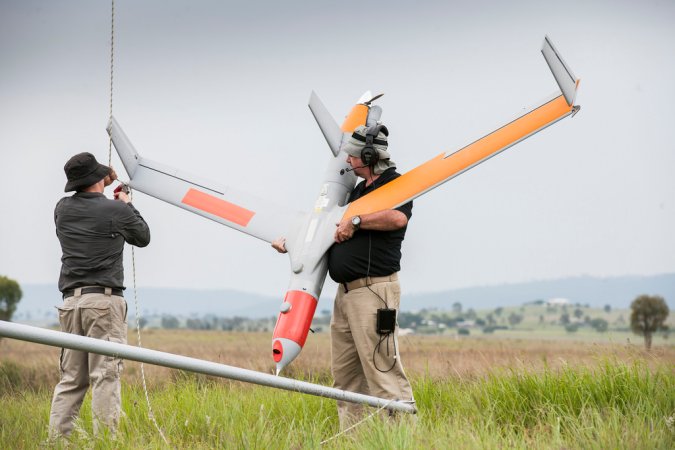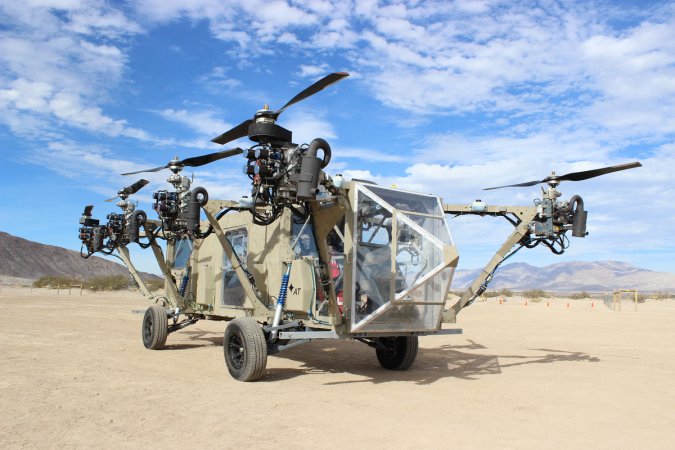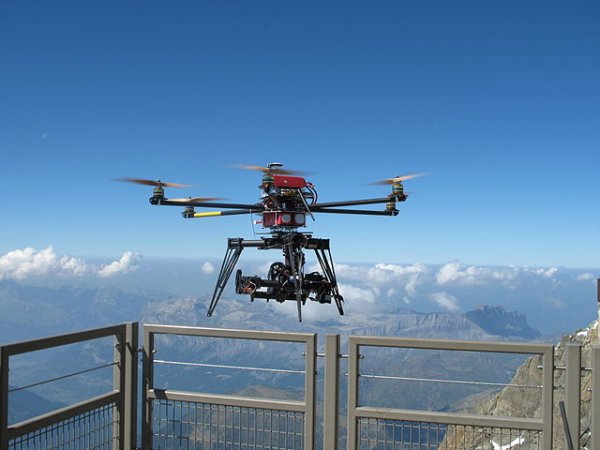

Here’s a round-up of the week’s top drone news, designed to capture the military, commercial, non-profit, and recreational applications of unmanned aircraft.
Military Crashes
An American drone crashed in Yemen. Reportedly the size of a Toyota Corolla, it’s likely it was an MQ-1 Predator, and probably involved in the long-and-ongoing targeted killing campaign waged by the United States against Al Qaeda and affiliate groups.
A drone belonging to United Nations peacekeepers in the Democratic Republic of Congo slipped off the runway during a takeoff attempt last week, putting it out of commission for a little while. The drones are the first used by the U.N., and they’ve helped the peacekeeping force watch for armed groups crossing the border between the DRC, Rwanda, and Uganda. The Falco is an unarmed scout and surveillance tool, capable of flying for up to 14 hours straight.

Drone Photographers
Jeff Zita, a student at Hope College in Holland, Mich., used his DJI Phantom Drone to film ice sheets on Lake Michigan. Watch his footage below:
Meanwhile, people like Greg Utton of Mesa, Ariz., are using drones to take aerial photography and charging for the service. Drone photography is a legal gray area under current law, but the commercial benefits are real enough that Utton is willing to chance it.
Flying Firefighters
In the United Arab Emirates, the Dubai Civil Defense recently purchased 15 quadcopters to help firefighters by scouting buildings before they go inside, according to state-owned newspaper The National. No word yet on whether the drones can fly to the top of the Burj Khalifa.
Rabbit Chasers
In Idaho, a collaborative project between four universities is using drones to study the relationship between pygmy rabbits and their environment. Students with the University of Florida’s Unmanned Aircraft System Wildlife Project built the drone, and together with University of Idaho, Boise State University and Washington State University, they are working on a four-year project. In addition to tracking pygmy rabbit habitats, the team will evaluate how drones can best be used to monitor wildlife.





